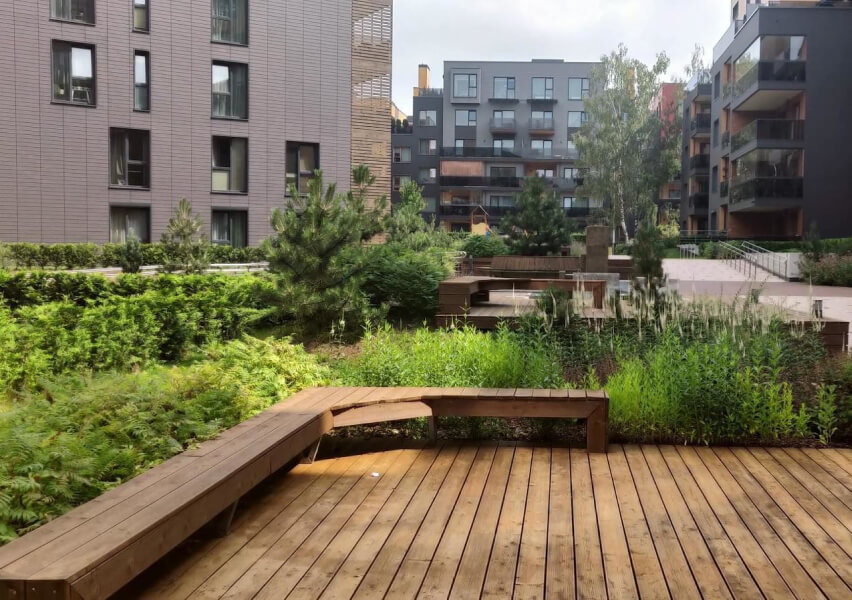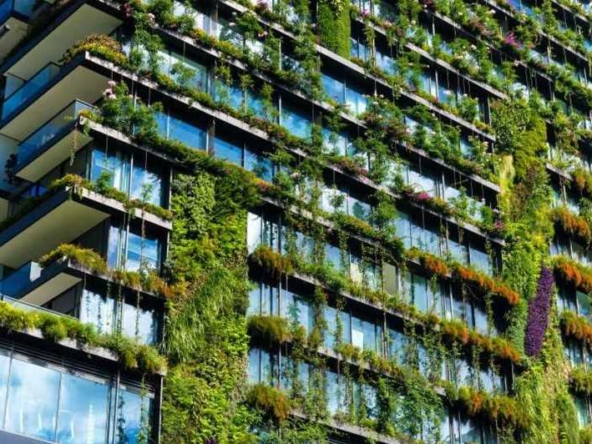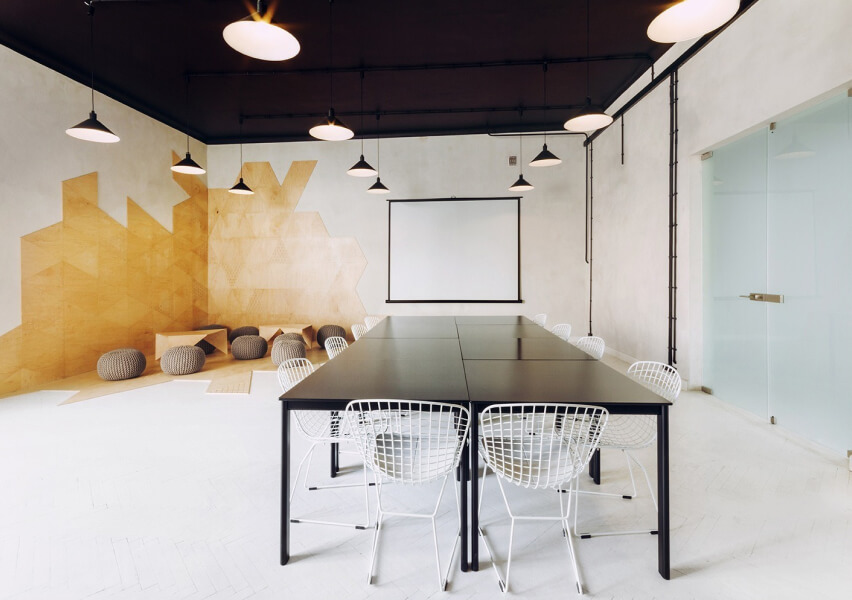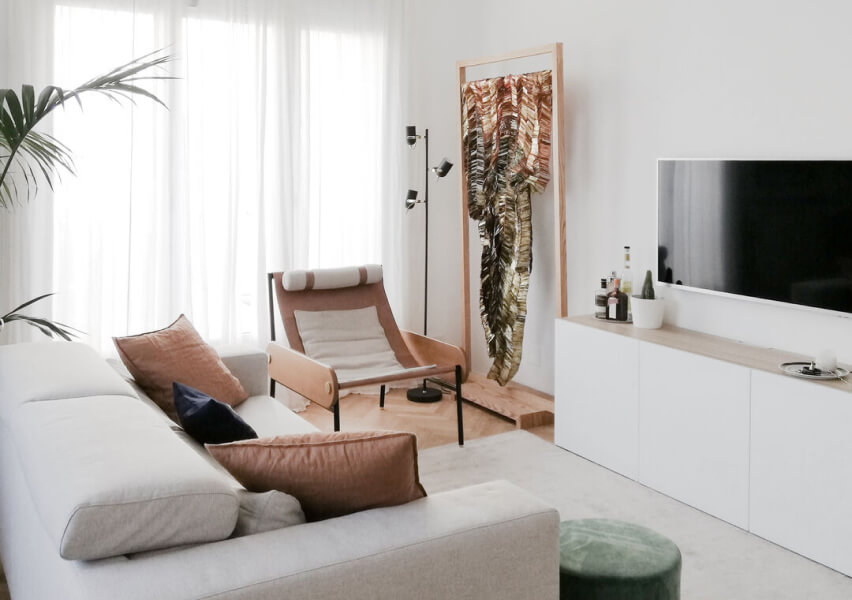When we think of architecture, our minds often conjure images of towering skyscrapers, grandiose bridges, and imposing structures built from concrete and steel. While these materials undoubtedly play a vital role in modern construction, the heart of architecture is not found in concrete and steel alone. Instead, it lies in the creative vision, artistic expression, and the profound impact that architecture has on our lives and the world around us. In this article, we will delve into the notion that architecture transcends the physical materials it employs, revealing the artistic essence that defines this captivating field.
A Manifestation of Creative Vision
At its core, architecture is the manifestation of human creativity and vision. Architects are artists, sculptors of space and form, who use their imagination and expertise to transform the mundane into the extraordinary. The design process often begins not with concrete and steel but with sketches, blueprints, and conceptual drawings. These initial visions are the seeds from which iconic buildings and structures grow. They are the blueprints of our dreams, transcending the limitations of materials.
Cultural Expression and Identity
Architecture is a powerful tool for expressing cultural identity and heritage. Throughout history, different cultures have used distinctive architectural styles to tell their stories and preserve their legacies. From the grandeur of ancient Egyptian pyramids to the intricate ornamentation of Islamic architecture, the choice of materials and design elements has conveyed the values, beliefs, and aesthetics of societies. These architectural expressions are not solely defined by the physical materials but by the narratives they weave into the urban fabric.
Sustainable Design and Innovation
In today’s world, architecture is increasingly defined by a commitment to sustainability and innovation. Architects and designers are exploring new materials and construction techniques that minimize environmental impact, reduce energy consumption, and promote sustainability. Sustainable architecture seeks to harmonize human needs with ecological responsibility, reminding us that the future of architecture is not just about the materials we use but about the legacy we leave for generations to come.
Emotional and Functional Impact
Architecture’s influence extends beyond the physical realm; it has a profound emotional and functional impact on our lives. A well-designed space can inspire, comfort, and uplift. Consider a church’s soaring arches that create a sense of awe, or a cozy home that offers a welcoming embrace. These experiences are shaped by architectural design and the emotions they evoke. Moreover, functional aspects of architecture, such as the layout of a building or the flow of spaces, have a direct impact on our daily lives, enhancing functionality and usability.
Adaptive Reuse and Repurposing
Architects are increasingly involved in projects that focus on adaptive reuse and repurposing of existing structures. This approach breathes new life into old buildings, transforming them into vibrant, functional spaces that serve contemporary needs. It is a testament to the fact that architecture is not solely about erecting new structures; it is also about reimagining, revitalizing, and repurposing existing ones.
Conclusion
Architecture is a multidimensional art form, an ever-evolving field where creativity, culture, sustainability, and human experience converge. While concrete and steel are integral components, they are mere instruments in the hands of architects who sculpt and shape our surroundings. The essence of architecture lies in the stories it tells, the cultures it celebrates, the emotions it evokes, and the legacies it leaves behind. As we continue to push the boundaries of architectural design, let us remember that the true magic of architecture transcends the materials—it lies in the boundless creativity and vision of those who dare to dream, design, and build.





